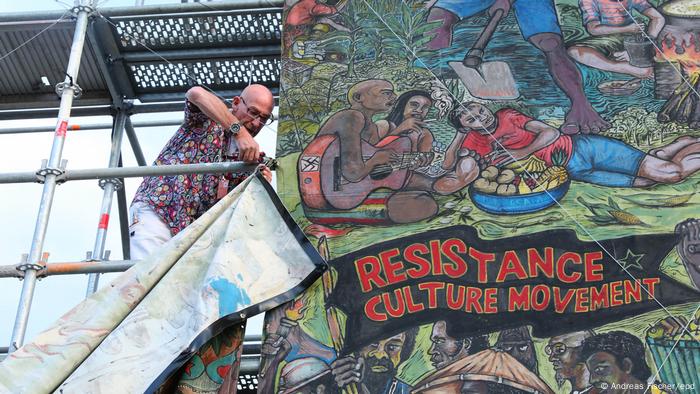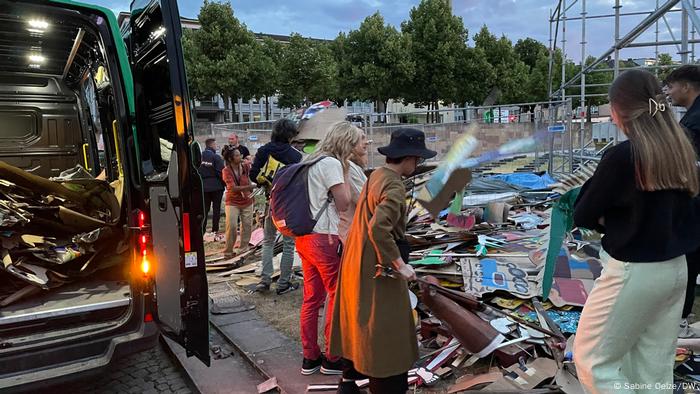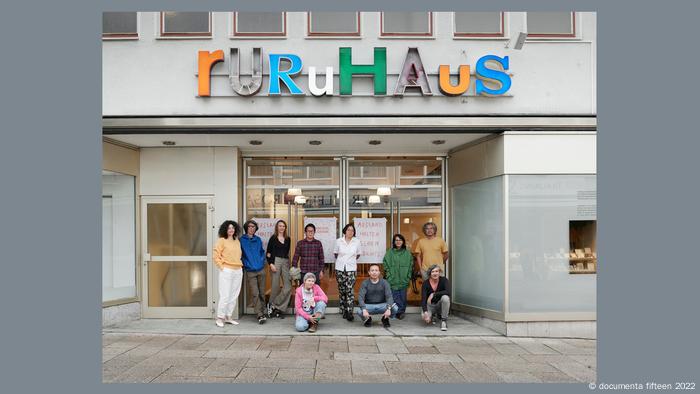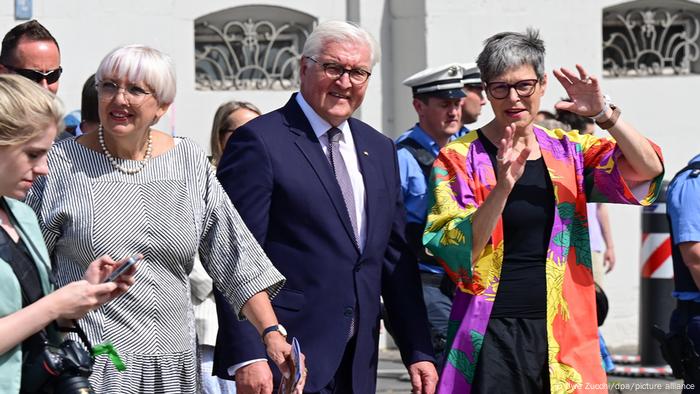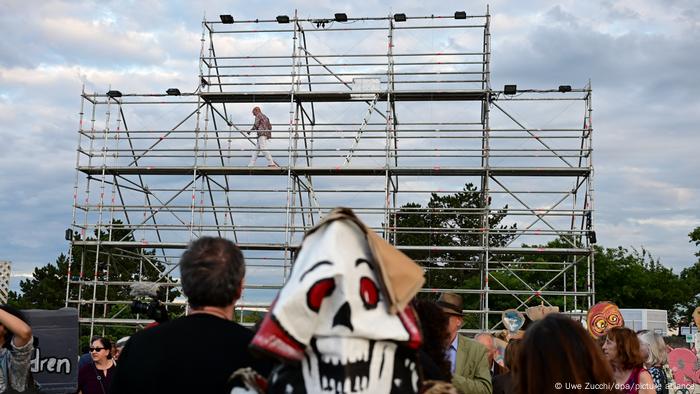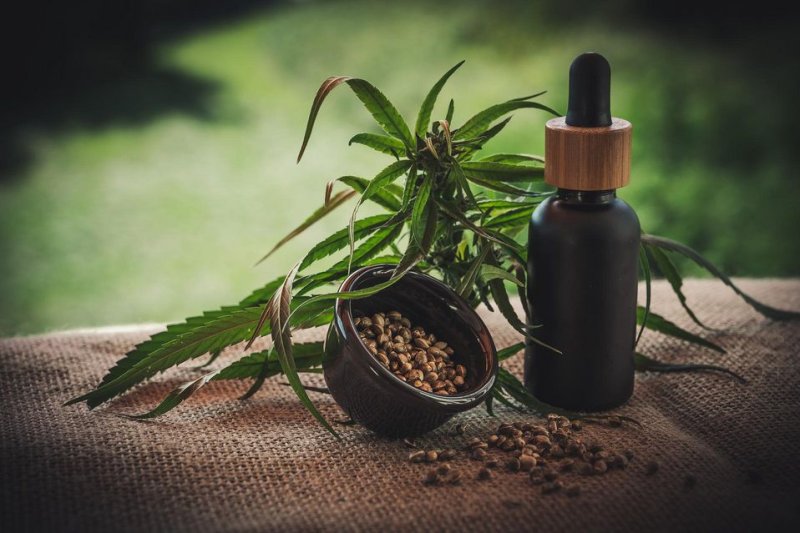Climate damage caused by growing space tourism needs urgent mitigation
Published today in the journal Earth’s Future, researchers from UCL, the University of Cambridge and Massachusetts Institute of Technology (MIT) used a 3D model to explore the impact of rocket launches and re-entry in 2019, and the impact of projected space tourism scenarios based on the recent billionaire space race.
The team found that black carbon (soot) particles emitted by rockets are almost 500 times more efficient at holding heat in the atmosphere than all other sources of soot combined (surface and aircraft) – resulting in an enhanced climate effect.
Furthermore, while the study revealed that the current loss of total ozone due to rockets is small, current growth trends around space tourism indicate potential for future depletion of the upper stratospheric ozone layer in the Arctic in spring. This is because pollutants from solid-fuel rockets and re-entry heating of returning spacecraft and debris are particularly harmful to stratospheric ozone.
Study co-author Dr Eloise Marais (UCL Geography) said: “Rocket launches are routinely compared to greenhouse gas and air pollutant emissions from the aircraft industry, which we demonstrate in our work is erroneous.
“Soot particles from rocket launches have a much larger climate effect than aircraft and other Earth-bound sources, so there doesn’t need to be as many rocket launches as international flights to have a similar impact. What we really need now is a discussion amongst experts on the best strategy for regulating this rapidly growing industry.”
To calculate the findings, the researchers collected information on the chemicals from all 103 rocket launches in 2019 from across the world, as well as data on reusable rocket and space junk re-entry. They also used the recent demonstrations by space tourism entrepreneurs Virgin Galactic, Blue Origin and SpaceX and proposed yearly offerings of at least daily launches by Virgin Galactic to construct a scenario of a future formidable space tourism industry.
These data were then incorporated into a 3D atmospheric chemistry model to explore the impact on climate and the ozone layer.
The team show that warming due to soot is 3.9 mW m-2 from a decade of contemporary rockets, dominated by emissions from kerosene-fuelled rockets. However, this more than doubles (7.9 mW m-2) after just three years of additional emissions from space tourism launches, due to the use of kerosene by SpaceX and hybrid synthetic rubber fuels by Virgin Galactic.
The researchers say this is of particular concern, as when the soot particles are directly injected into the upper atmosphere, they have a much greater effect on climate than other soot sources - with the particles 500 times more efficient at retaining heat.
The team found that, under a scenario of daily or weekly space tourism rocket launches, the impact on the stratospheric ozone layer threatens to undermine the recovery experienced after the successful implementation of the Montreal Protocol.
Adopted in 1987, the Montreal Protocol global ban on substances that deplete the ozone layer is considered one of the most successful international environmental policy interventions.
Study co-author Dr Robert Ryan said: “The only part of the atmosphere showing strong ozone recovery post-Montreal Protocol is the upper stratosphere, and that is exactly where the impact of rocket emissions will hit hardest. We weren’t expecting to see ozone changes of this magnitude, threatening the progress of ozone recovery.
“There is still a lot we need to find out about the influence of rocket launch and re-entry emissions on the atmosphere - in particular, the future size of the industry and the types and by-products of new fuels like liquid methane and bio-derived fuels.
“This study allows us to enter the new era of space tourism with our eyes wide open to the potential impacts. The conversation about regulating the environmental impact of the space launch industry needs to start now so we can minimise harm to the stratospheric ozone layer and climate.”
Notes to Editors
For more information or to speak to the researchers involved, please contact Evie Calder, UCL Media Relations. T: +447858 152143 E: e.calder@ucl.ac.uk
Robert G. Ryan, Eloise A. Marais, Chloe J. Balhatchet, Sebastian D. Eastham, (2022) Impact of Rocket Launch and Space Debris Air Pollutant Emissions on Stratospheric Ozone and Global Climate will be published in Earth’s Future on Saturday 25 June 14:00 UK time / 09:00 US Eastern time and is under a strict embargo until this time.
The DOI for this paper will be 10.1029/2021EF002612
About UCL – London’s Global University
UCL is a diverse global community of world-class academics, students, industry links, external partners, and alumni. Our powerful collective of individuals and institutions work together to explore new possibilities.
Since 1826, we have championed independent thought by attracting and nurturing the world's best minds. Our community of more than 43,800 students from 150 countries and over 14,300 staff pursues academic excellence, breaks boundaries and makes a positive impact on real world problems.
We are consistently ranked among the top 10 universities in the world and are one of only a handful of institutions rated as having the strongest academic reputation and the broadest research impact.
We have a progressive and integrated approach to our teaching and research – championing innovation, creativity and cross-disciplinary working. We teach our students how to think, not what to think, and see them as partners, collaborators and contributors.
For almost 200 years, we are proud to have opened higher education to students from a wide range of backgrounds and to change the way we create and share knowledge.
We were the first in England to welcome women to university education and that courageous attitude and disruptive spirit is still alive today. We are UCL.
www.ucl.ac.uk | Follow @uclnews on Twitter | Read news at www.ucl.ac.uk/news/ | Listen to UCL podcasts on SoundCloud | Find out what’s on at UCL Minds
Links to online profiles and social media accounts:
Eloise Marais UCL profile: https://www.geog.ucl.ac.uk/people/academic-staff/academic-staff/eloise-marais
Marais Research Lab: https://maraisresearchgroup.co.uk/people.html
Rob Ryan UCL profile: https://www.geog.ucl.ac.uk/people/research-staff/robert-ryan
Rob Ryan Twitter handle: @rsquared_aus
UCL Geography Twitter handle: @UCLgeography
JOURNAL
Earth s Future
ARTICLE TITLE
Impact of Rocket Launch and Space Debris Air Pollutant Emissions on Stratospheric Ozone and Global Climate
ARTICLE PUBLICATION DATE
25-Jun-2022

